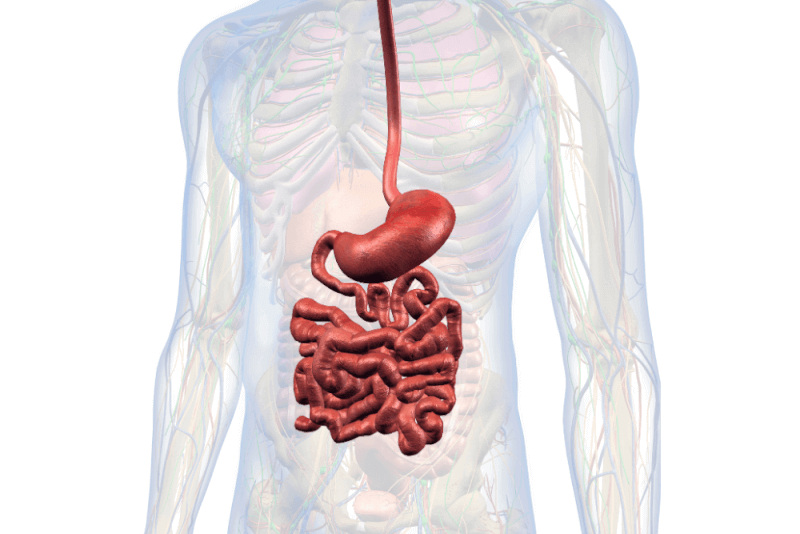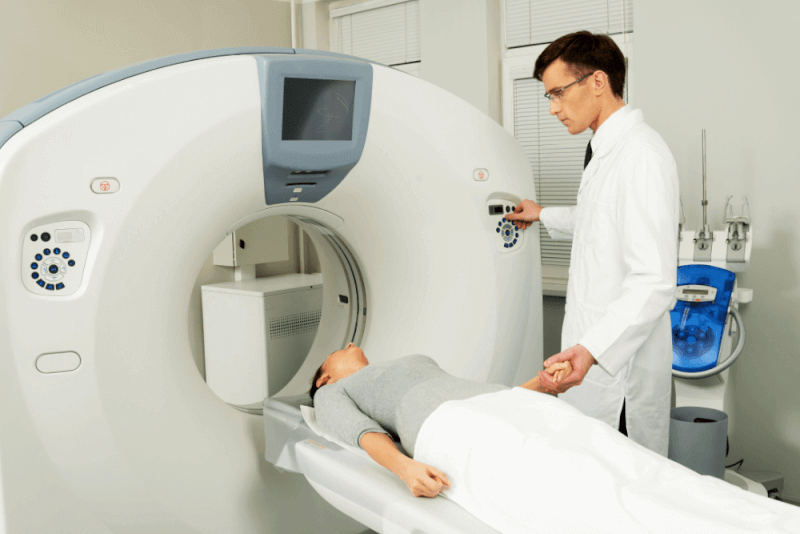What is Anal Fistula?
An anal fistula is an abnormal tunnel that develops between the intestinal tissue on the inside of the anus and the skin tissue on the outside. It usually develops in the upper part of the anus, where the anal glands are. It can be caused by infection in the anal glands, which leads to the formation of a small abscess near the anus.
Anal fistula can cause discomfort, pain and drainage of pus or feces through an opening near the anus. Anal fistula is known to be twice as common in men. They usually do not resolve spontaneously and may require medication or surgery.
Diagnostic Criteria for Anal Fistula
A physical examination is usually sufficient to diagnose anal fistula. It can be detected by looking at the skin around the anus or by rectal examination with a finger. In some cases, the anal fistula is not visible from the outside. If touching or opening the anus during a medical examination is too painful, sedation can be provided.
To find the internal source of the anal fistula, the cause of the fistula can be found by looking into the anus with an anoscope or proctoscope devices with a light at the end. The diagnosis is made by MRI or endoscopic ultrasound to see the pathway formed by the fistula.
Anal Fistula Symptoms
The symptoms of anal fistula are as follows;
- Skin irritation around the anus,
- Feeling tenderness or pain around the anus,
- A throbbing pain in the anus that can get worse when sitting, moving, defecating or coughing,
- Foul-smelling discharge from the side of the anus,
- Swelling and redness around the anus, and high fever if there is an abscess,
- Wetness or staining of underwear,
- In some cases, it may be difficult to control bowel movements.
If one or more of these symptoms are observed, you should consult a physician and seek treatment without delay.
Causes of Anal Fistula
Anal fistula generally occurs as a result of inflammation in the anus. Most often it is caused by infection of the anal glands. The anal glands secrete oil and certain fluids needed to lubricate the bowel during defecation. If the anal glands become blocked, secretions accumulate, which can lead to infection and form an anal fistula.
Some surgical procedures performed on the anal area can also cause anal fistula. If anal abscess drainage or hemorrhoid surgery has been performed, the risk of anal fistula also increases. In addition, cracks in the anus caused by constipation or diarrhea increase the risk of anal fistula formation.
When abscesses in the rectal area are not treated or not drained adequately, the abscesses can expand into the skin and accelerate the formation of anal fistula. Many anal fistulas develop after anal abscess. If the abscess does not heal properly after draining, an anal fistula may form.
Less commonly, anal fistulas are caused by Crohn's disease, diverticulitis, ulcerative colitis, tuberculosis or HIV infection. Inflammation and wounds in the intestinal wall can also affect the formation of anal fistula.
Anal Fistula Treatment Methods
There are surgical and non-surgical treatment methods for the treatment of anal fistula. Due to factors such as damage to the rectal muscles, prolonged rest and frequent dressings in the traditional surgery option, non-surgical treatment methods are generally used.
Anal Fistula Surgery
Since anal fistulas generally do not heal on their own, surgery is often preferred to treat anal fistulas. The surgical method is chosen based on the location of the fistula, the number of channels, and whether it splits in different directions.
Anal fistula surgery is usually performed under general anesthesia and the patient rests overnight in hospital after surgery. The aim of the surgery is to heal the anal fistula and not damage the sphincter muscle, which provides bowel control. Different surgical methods for the treatment of anal fistula are as follows;
- Fistulotomy In this method, the fistula canal and surrounding tissues are cut out. In this surgical method, which is performed under general anesthesia, problems such as fecal incontinence or gas incontinence may rarely occur after surgery.
- Fistulectomy: Unlike fistulotomy, the fistula duct is completely cut out with this method. The remaining tissues are closed with sutures.
- Vaaft Method In the Vaaft method, the fistula channel is entered with video endoscopy and treated by closing the inner and outer mouths.
- Seton Method: A seton is a metal wire or rubber material placed in the fistula channel. The seton is inserted into the fistula channel and remains in the channel until it is expelled by the body.
- LIFT Method: In this method, the fistula channel is ligated and cut inside. The cut ends of the canal are closed with sutures.
Anal Fistula Laser Treatment
In laser treatment of anal fistula, the procedure is performed under local anesthesia without the need for stitches. The inside of the fistula channel is detected with the laser device and heat is applied to the fistula channel using laser energy to close the channel. The laser energy treats the inner surface of the fistula channel by burning it.
Non-surgical anal fistula treatments are very easy, do not require hospitalization and it is very easy to return to one's daily life. The amount of pain during and after the procedure is very mild. Since there are no stitches, the tissues in the anal area are not damaged.
Types of Anal Fistula
Anal fistula is divided into different types according to their location with the muscles that hold feces in the anus.
Intersphincteric Anal Fistula: These fistulas pass between the inner muscle that controls the anus and the outer muscle and form towards the inside of the anus.
Transsphincteric Anal Fistula Fistula: It is formed between the anus and the skin, passing through the inner muscle and outer muscle that control the anus.
Suprasphincteric Anal Fistula: It occurs by passing through all the muscles around the anus and heading towards the skin surface.
Extrasphincteric Anal Fistula: It is a type of fistula that opens directly to the last part of the large intestine.








